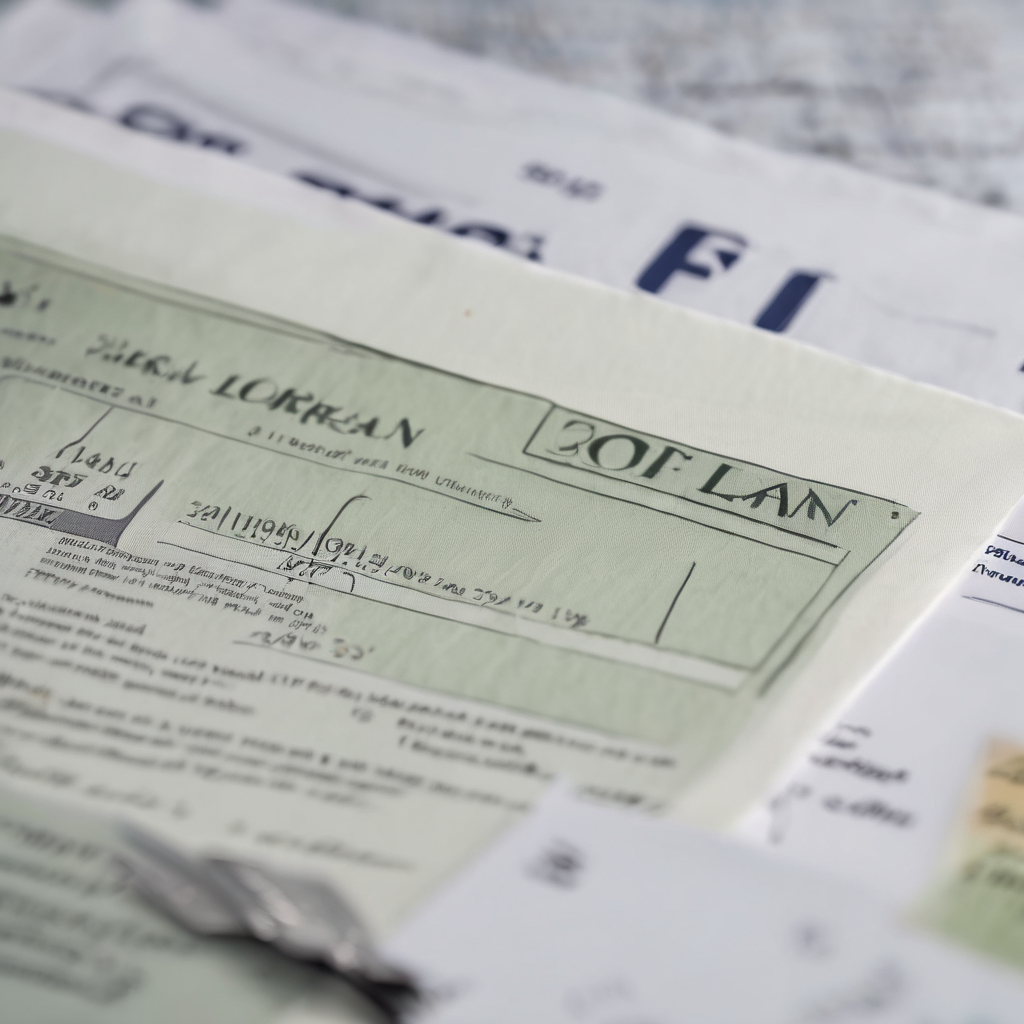Mortgage rates have shown mixed results today, with the average 30-year fixed rate slightly declining by four basis points to 6.09%. Conversely, the 15-year fixed mortgage rate has increased by seven basis points, now sitting at 5.44%. With rates hovering at their lowest levels in over a year, prospective homebuyers may find this an advantageous moment to enter the market.
The current mortgage rates as reported by Zillow are as follows:
– 30-year fixed: 6.09%
– 20-year fixed: 5.75%
– 15-year fixed: 5.44%
– 5/1 ARM: 6.22%
– 7/1 ARM: 6.53%
– 30-year VA: 5.58%
– 15-year VA: 5.01%
– 5/1 VA: 5.48%
These figures represent national averages and have been rounded to the nearest hundredth.
For those considering refinancing, the latest refinance rates are also important to note:
– 30-year fixed: 6.24%
– 20-year fixed: 5.84%
– 15-year fixed: 5.64%
– 5/1 ARM: 6.47%
– 7/1 ARM: 6.62%
– 30-year VA: 5.72%
– 15-year VA: 5.55%
– 5/1 VA: 5.54%
It is worth mentioning that refinancing rates can often be higher than purchasing rates, although this is not universally the case.
In calculating mortgage payments, potential buyers can utilize online tools, like Yahoo Finance’s mortgage calculator, to better understand how varying terms and rates might affect their monthly expenses. For example, with today’s average 30-year rate of 6.09%, a $300,000 mortgage would cost approximately $1,816 per month in principal and interest, resulting in a total interest payment of around $353,777 over the life of the loan.
In contrast, the average 15-year mortgage rate of 5.44% means a monthly payment of about $2,442, with total interest paid of about $139,508. The shorter term leads to higher monthly payments but significantly less interest over the life of the loan.
For those considering adjustable-rate mortgages (ARMs), the initial rates tend to be lower compared to fixed rates, locked in for a specific period before adjusting. Prospective homeowners should carefully assess their plans in relation to ARMs—especially if they expect to sell before the rate adjusts.
To secure the best mortgage rates, potential borrowers are encouraged to focus on factors such as improving credit scores, increasing down payments, and lowering debt-to-income ratios. Strategies like buying down the interest rate temporarily or permanently at closing can also be effective, though one must consider the financial implications of these options.
As for future trends, while mortgage rates are stable for now, significant fluctuations are not anticipated in the short term due to ongoing economic factors, including inflation and government actions affecting the financial landscape. This steady period presents a potentially beneficial time for homebuyers and those looking to refinance.
